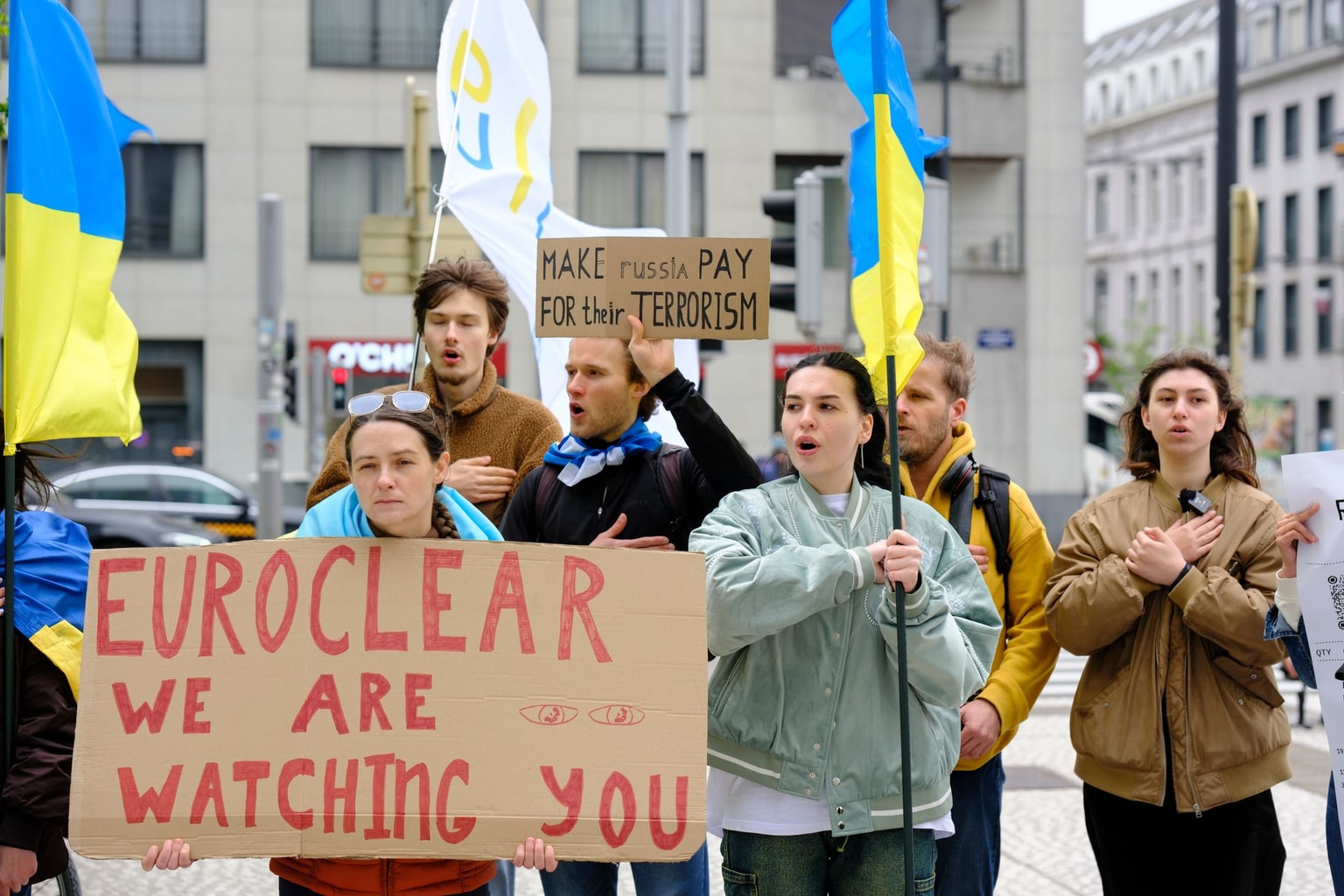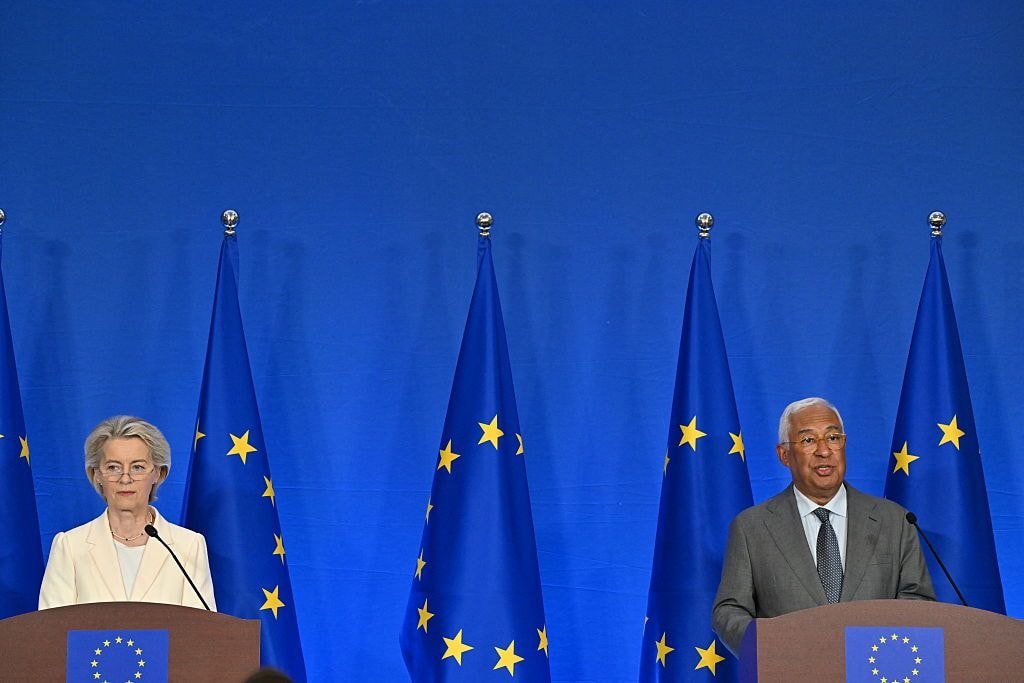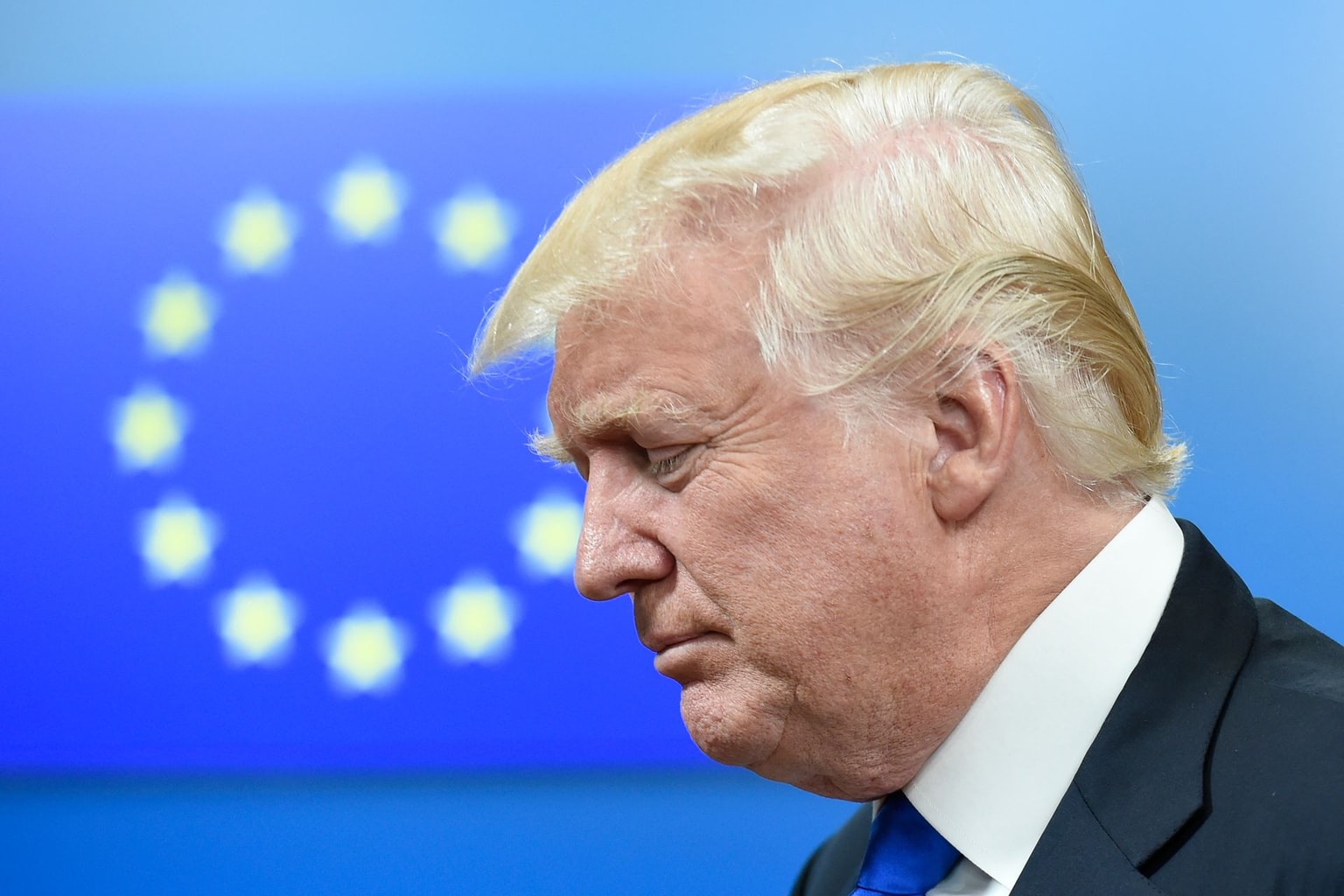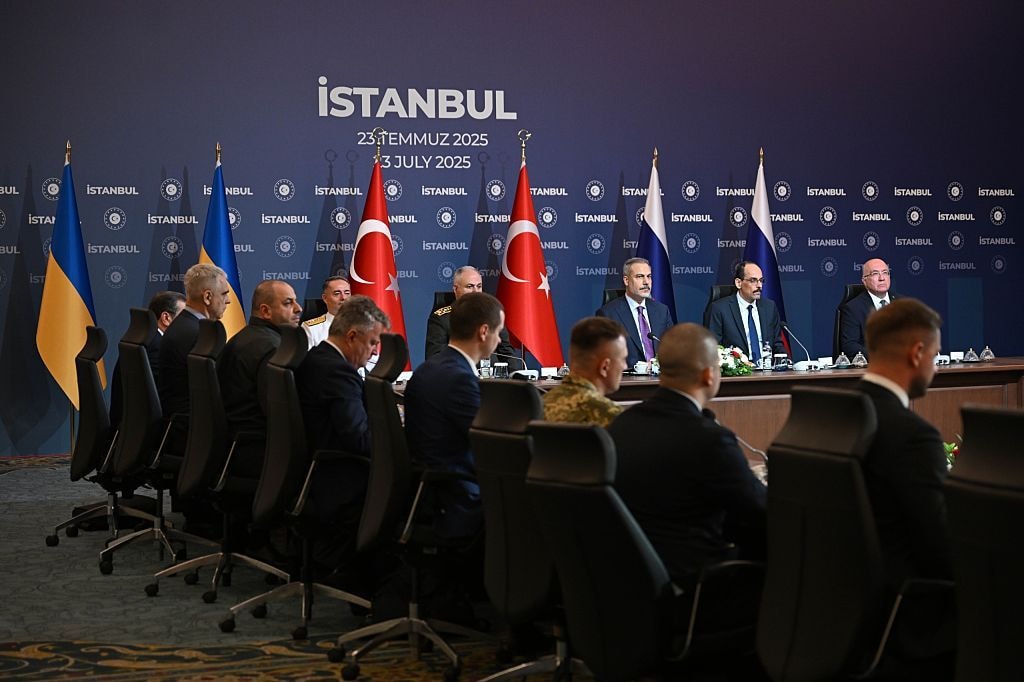IAEA: 3-week delay in expert team rotation at Russian-occupied Zaporizhzhia nuclear plant
On March 1, International Atomic Energy Agency (IAEA) Director-General Rafael Grossi expressed his concern about the more than three-week delay in rotating the team of agency experts currently stationed at the Russian-occupied Zaporizhzhia Nuclear Power Plant.
“This is a concerning trend that shows the urgency and importance of establishing a nuclear safety and security protection zone at the Zaporizhzhia Nuclear Power Plant,” Grossi said, adding that nuclear safety was in everyone's best interest.
Since the beginning of March 2022, the Zaporizhzhia plant has been under the control of Russian troops, who have utilized it as a military base and launched assaults on Ukraine. Russian troops have repeatedly terrorized the Ukrainian workers at the plant with violence and threats in an effort to get them to cooperate.
IAEA experts have been monitoring the situation at the nuclear power plant since September. According to Grossi's report, IAEA experts have seen an increasing number of Russian security personnel in the past few weeks.
The number of employees has dropped from around 10,000 before the Russian occupation to 3,000 or less, making it more difficult to operate the nuclear power plant, according to Grossi.
The IAEA team reported that on Feb. 25, the plant's 330 kV back-up powerline was disconnected due to nearby military activity. It was briefly restored but lost again later that morning. The powerline was reconnected the following day.
Despite the difficult situation on the ground, Grossi expressed his relief that the primary reservoir which is a crucial source of cooling water for the plant has experienced more or less consistent water levels.
Russia has been deliberately draining the Kakhovka Reservoir for several weeks, posing a threat to locals' water supply and agriculture in the region. The Kakhovka Reservoir is also a source for cooling the Zaporizhzhia Nuclear Power Plant.










